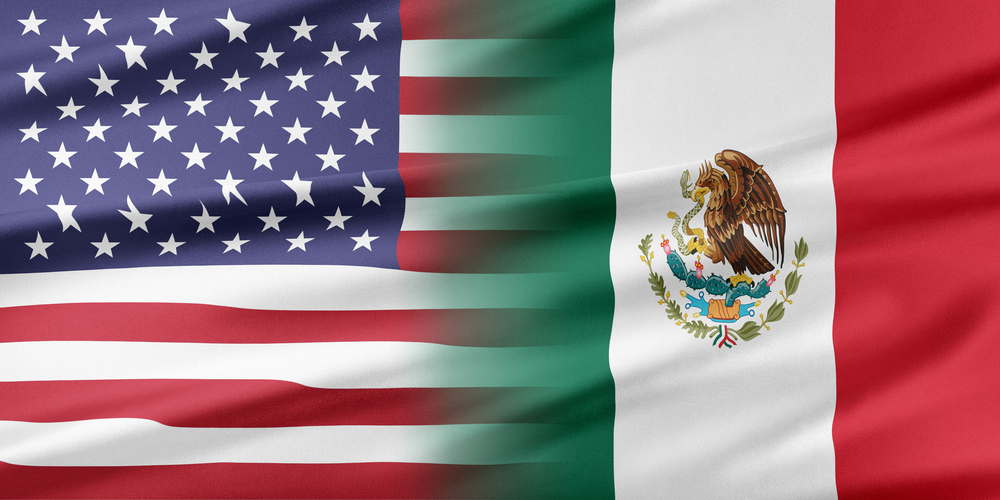This year will mark the 10th anniversary of the North American Free Trade Agreement (NAFTA), and with the United States poised to expand trade partnerships with Canada and Mexico even further under President Barak Obama, manufacturers considering either opening or expanding nearshoring operations in Mexico or Canada may see increased incentives.
New trade agreements?
According to the Belfast Telegraph, President Obama has plans to encourage the passage of the Trans-Pacific Partnership (TPP) and the Transatlantic Trade and Investment Partnership (TIPP), the first major trade partnerships to garner his attention since the financial crisis in 2008, when political focus shifted toward the creation of domestic jobs.
Debate over these proposed agreements is likely to be in-depth, but proponents of the bills point to NAFTA's successes, which the source notes include 300 percent increases in trade among Mexico Canada and the United States, as well as equal growth in agricultural export from the United States to Mexico, which created U.S. jobs.
According to the Telegraph, British Prime Minister David Cameron has said that the TIPP, which could inject participating partners with hundreds of billions of dollars, "could be the biggest bilateral trade deal in history."
What about North America?
One of the more interesting points made about Obama's proposed new deals is their exclusion of China, once a bastion of offshore labor and manufacturing power. As labor costs increase in China and more American companies see the increased benefits of nearshoring initiatives, which keep labor closer and costs lower, many Chinese agreements seem to be going by the wayside.
If the recent Comprehensive Economic and Trade Agreement (CETA) between Canada and the European Union is any indication, established agreements like NAFTA could see increased benefits in the wake of major deals like the proposed TIPP and TPP. The Canada Free Press noted that although on paper, CETA is an agreement between Canada and the European Union, its elevation of the investment threshold between participating countries will be matched in Mexico and the United States, compounding benefits in those countries.
The Telegraph noted that the TPP, as currently proposed, will include 12 countries whose economies make up almost 40 percent of the global GDP.
Potential benefits, and what comes next
While analysts are optimistic about benefits, especially in the wake of those seen following CETA, research also shows that some benefits do not extend unilaterally across existing trade agreements. Analysis from the C. D. Howe Institute notes that Canada's membership in the World Trade Organization (WTO) for example extended little benefit via CETA, but Mexico, the United States and some Latin American countries will see advantages.
With a wave of favorable legislation on the horizon, U.S. companies may want to consider nearshoring opportunities like those available in Mexico. With labor costs and questions about quality and responsibility on the rise in countries like China, the availability of inexpensive but skilled labor in markets like Mexico is all the more attractive.
Subscribe
Sign up and stay informed with tips, updates, and best practices for manufacturing in Mexico.





